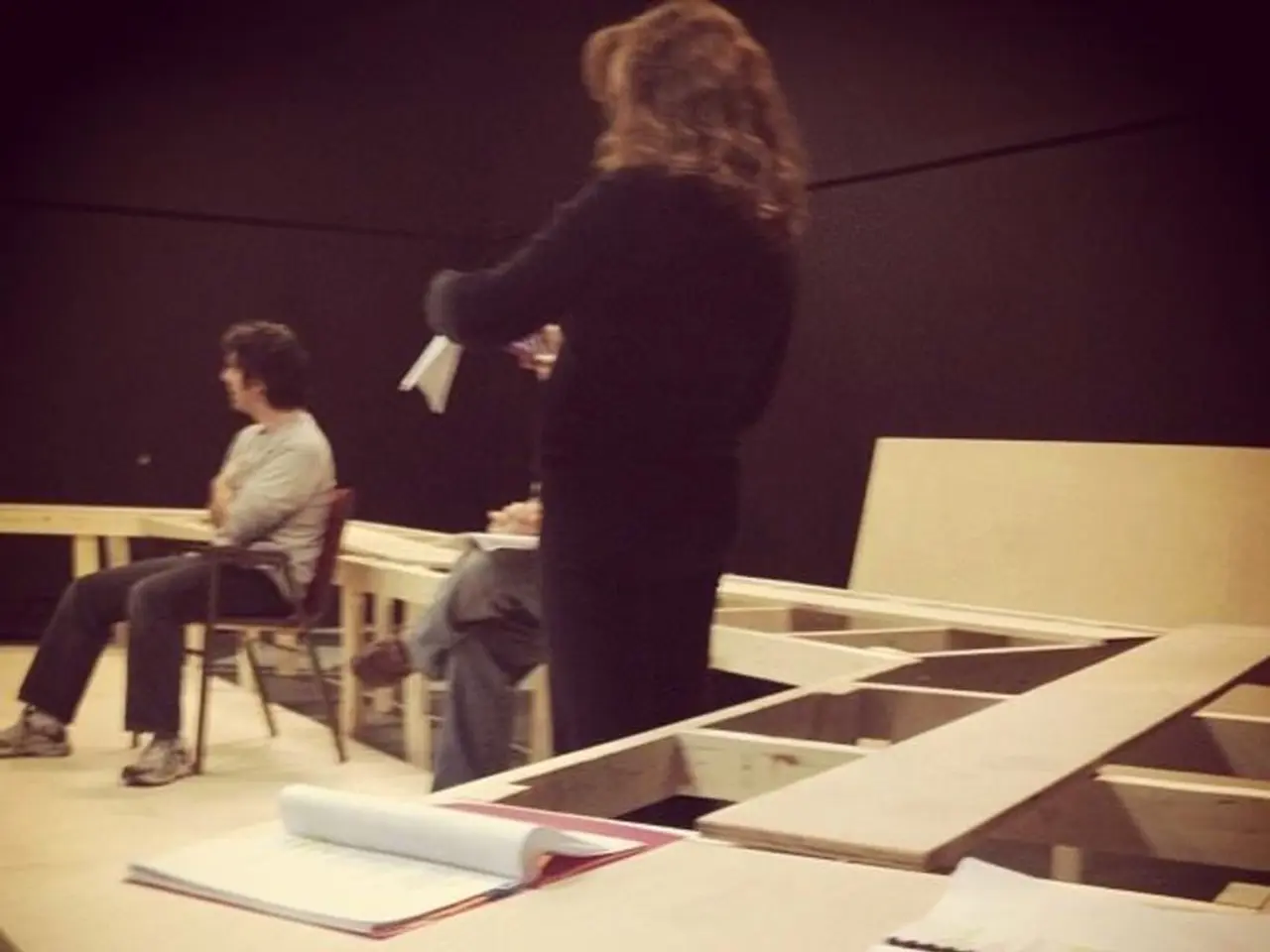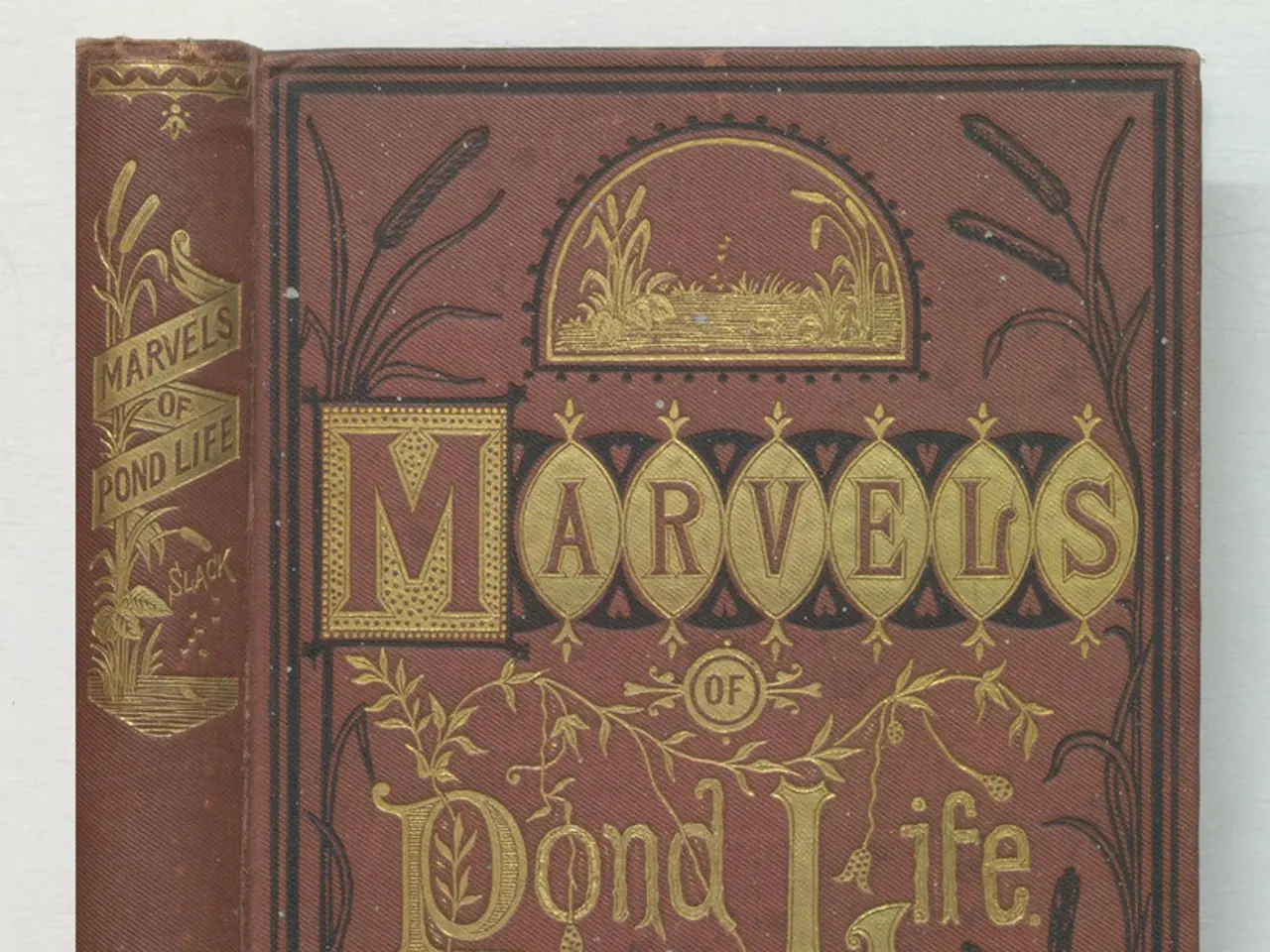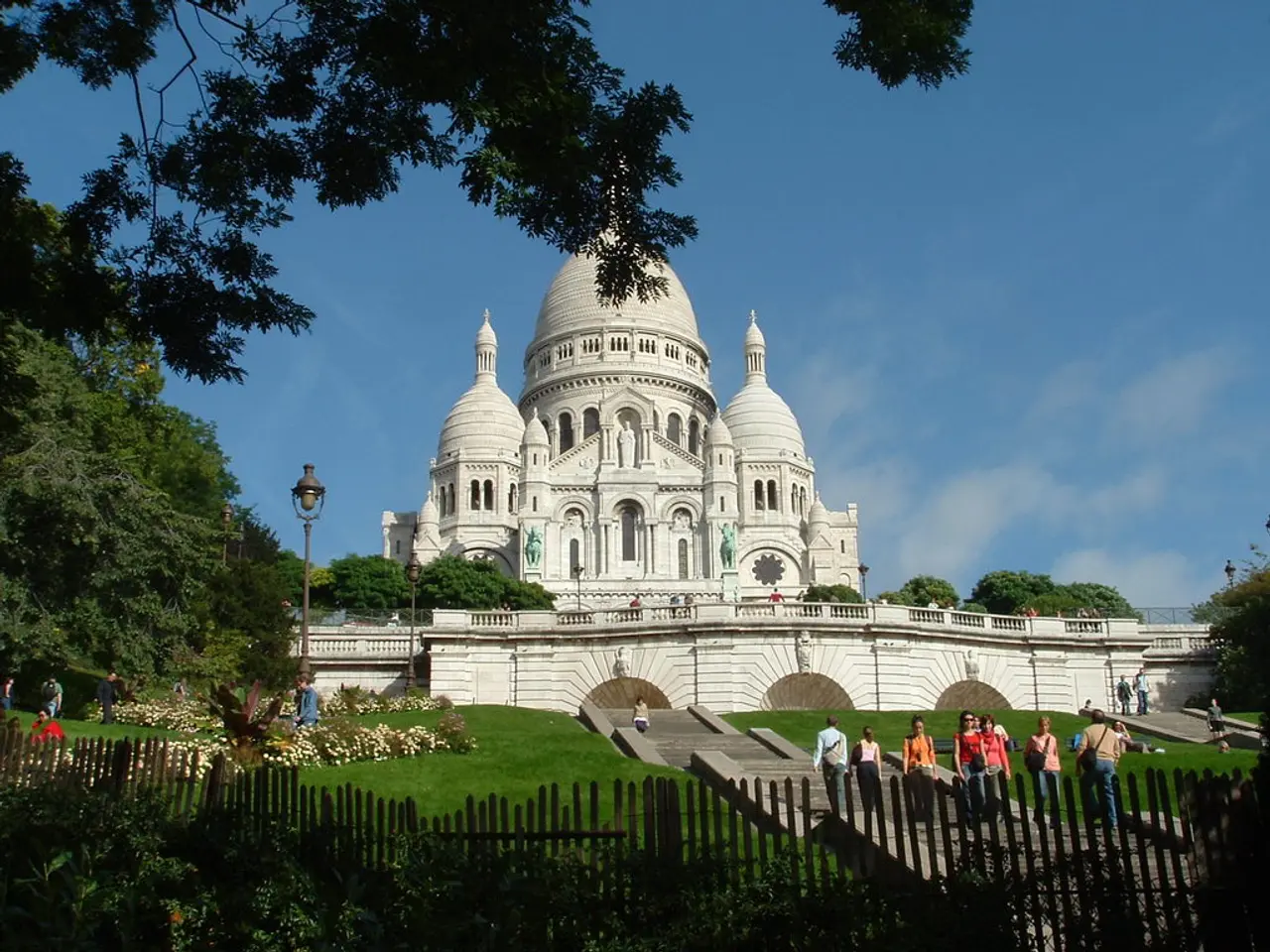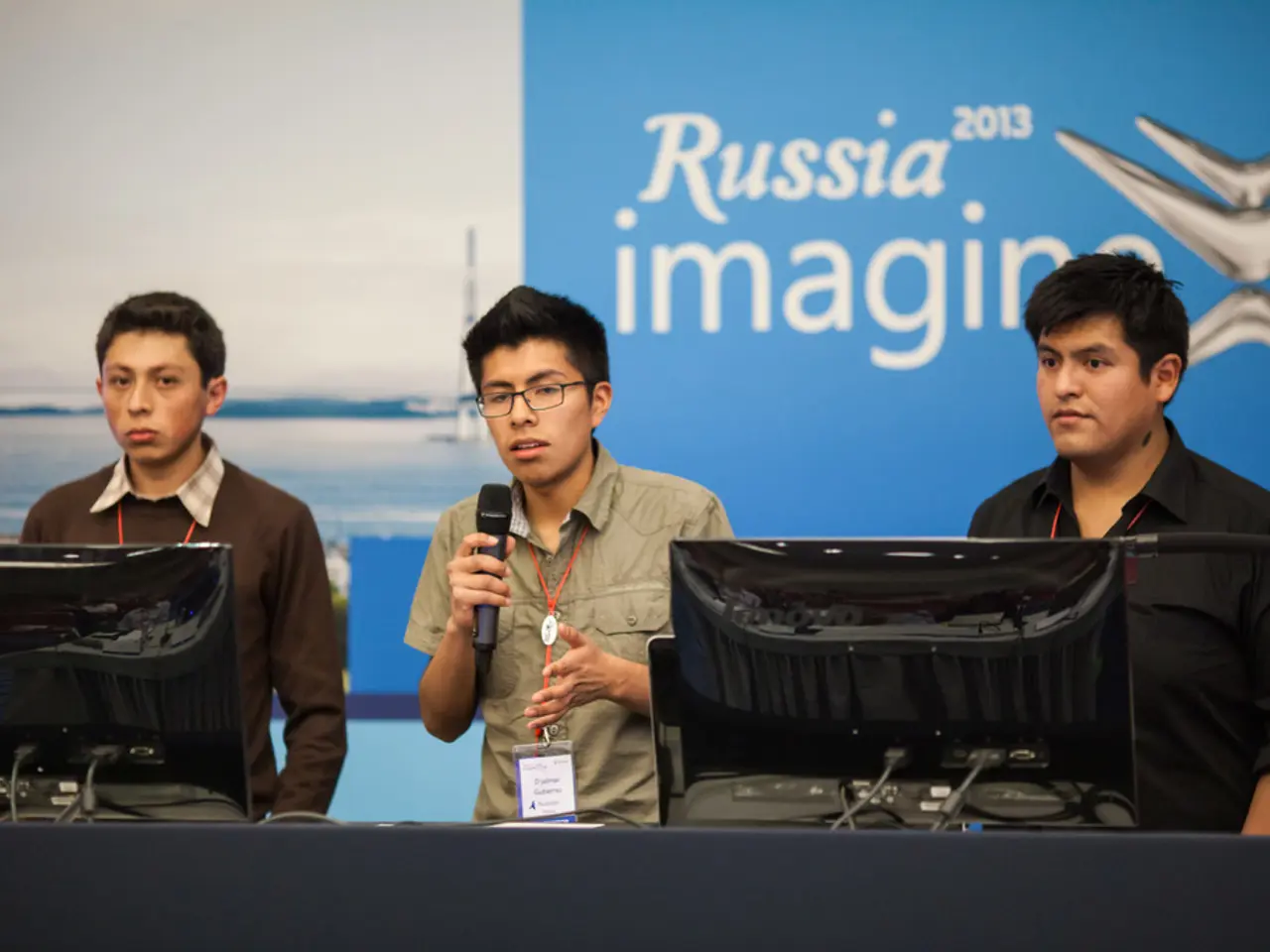Renowned Mexican photographer Rodrigo Moya, known for capturing images of Che Guevara, passes away at the age of 91
Rodrigo Moya, a renowned photographer who captured the human cost of civil and military uprisings and the people who lived through those turbulent times, has passed away at the age of 91. Moya, who was born in Medellín, Colombia, on April 10, 1934, and spent much of his life in Mexico, died at his home in Cuernavaca after a long illness, surrounded by his family and partner of 43 years, Susan Flaherty.
Moya's photographic style was marked by a deep humanism and documentary intensity that captured socio-political realities with empathetic nuance. Comparisons have been drawn between his work and that of Henri Cartier-Bresson, known for his concept of the "decisive moment" and a poetic form of street photography, and Manuel Álvarez Bravo, a foundational figure in Mexican photography, who shared with Moya a poetic treatment of Mexican identity and culture. However, Moya's work was uniquely distinguished by its political engagement and humanist depth.
One of Moya's most iconic images is "Melancholic Che," a portrait of Che Guevara that exemplifies his ability to combine intimate human emotion with larger-than-life political symbolism. The photograph conveys a somber, reflective mood that challenges heroic or romanticized depictions of revolutionary figures, highlighting instead vulnerability and complexity.
Throughout his career, Moya's work featured subjects such as the sea, residents of fishing communities, the countryside, the streets of Mexico, religious processions, and portraits of both anonymous people and celebrities. His images, which have been published in eminent Latin American news magazines, provided an insider's view, suggesting that his subjects were waiting for his camera.
In addition to his photography, Moya won Mexico's National Short Story Award in 1997 for his book "Cuentos para leer junto al mar" ("Stories to read by the sea"). Numerous institutions and journalists paid tribute to Moya on social media, including the Museo del Palacio de Bellas Artes, the National Institute of Anthropology and History, and Jenaro Villamil, the director of Mexico's Public Broadcasting System.
Mexico's Ministry of Culture lamented Moya's passing, while the Coordination of Cultural Diffusion at the National Autonomous University of Mexico said he left a lucid and profoundly honest legacy. The Etherton Gallery in Tucson, Arizona, described Moya as "part photojournalist, part street photographer." Some of Moya's images from his later period were featured at The Wittliff Collections at Texas State University in 2015.
This article was reported by La Jornada and El Economista. Moya's affecting portraits afforded the same dignity to renowned artist Diego Rivera as to an agricultural laborer, underscoring his commitment to portraying the human dimension behind political struggles. His work will be remembered as a powerful testament to the complexities of life in Mexico and Latin America during the 1950s and 1960s.
The profound humanism and documentary intensity of Rodrigo Moya's work, showcased in his images of culture, history, and celebrities, will be remembered as a powerful testament to the complexities of life in Mexico and Latin America during the 1950s and 1960s. His ability to capture both the intimacy of everyday life and the monumental impact of socio-political struggles, as seen in his portraits of Diego Rivera and the anonymous, is a unique reflection of the region's rich history and diversity.








